The Magic of Vanilla
We'll never understand why the word vanilla has come to mean plain, because it's actually one of the most complex spices on the planet. Vanilla doesn't just smell sweet, seductive and delectably comforting: it's kind of magic, in flavor and perfume terms.
The vanilla flower blossom just one day a year-- and the vanilla bean need up to nine months to mature. Then it still has to be cured -- which can take another five to six months-- before the seed are ready to be extracted. It's an incredibly labor-intensive process, which is why ounce for ounce, vanilla is the second most expensive spice. (Saffron is number one.) Nevertheless, most professional perfumers (and bakers) will tell you that it's worth every penny.
Here's the scoop on all things vanilla.
WHAT IS VANILLA?
Most people could tell you that vanilla comes from a bean, but what kind of plant does that bean grow on? Vanilla beans are derived from the orchid plant of the genus Vanilla.
The word vanilla comes from the Spanish word "vaina" which translates to little pod. This vanilla ‘fruit' was originally grown in Mesoamerica, part of which is where Mexico is located today.
For many years, attempts were made to spread vanilla production to other countries. The first effort, in 1837, was by a Belgian botanist named Charles François Antoine Morren who found a way to artificially pollinate the vanilla orchids, but this venture turned out to be financially unworkable.
In 1841 the second attempt to artificially pollinate vanilla orchids was done by a slave named Edmond Albius who lived on the French island of Réunion, formerly known as Bourbon, in the Indian Ocean. He did this when he discovered that vanilla orchids could be hand pollinated.
This opened doors for vanilla production outside of Mexico that otherwise would not be possible. Today, four different types of vanilla are grown around the world, but they can all be traced back to the one original type of Mesoamerican vanilla ‘fruit'.
VANILLA SHOPPERS GUIDE
Which type of vanilla should you keep on hand for baking? It depends on what you're making.
VANILLA BEAN
These aren't actually beans; they're the fruit of vanilla orchids. Most recipes call for scraping out the flavorful tiny black seeds,
Best Use: Whole beans are pricy (about $2-$3 each), so save them for vanilla forward recipes like pudding and homemade ice cream.
PURE VANILLA EXTRACT
This is the most common form of vanilla, made by macerating beans in water and 35 percent alcohol.
Best Use: This all-purpose vanilla is good for almost any recipe. Note: if you add it to a no-bake treat like a milkshake, you're adding alcohol, but only a scant amount.
VANILLA BEAN PASTE
This mix of vanilla bean seed, sugar and vanilla extract gives baked goods big vanilla flavor and nice black specks with the hassle of splitting beans.
Best Use: Think of these as a shortcut vanilla bean. Use it just as you would whole beans, in recipes where vanilla is the star.
IMITATATION VANILLA
This is flavoring made with synthetic vanilla, a lab-produced compound that mimics the main flavoring agent in natural vanilla,
Best Use: Add this when you're looking for that nostalgic birthday cake flavor. It also comes in clear from, which is perfect for when you want to keep cakes and frostings bright white.
SPECIES OF VANILLA BEANS
While in the grand scheme of things there are many types of vanilla beans, there are only two main species of vanilla orchid cultivated for commercial vanilla production.
VANILLA PLANIFOLIA
Vanilla Planifolia is the most common species of the vanilla orchid. It is the first species of vanilla orchid— the plant that all vanilla roots can be traced back to. The pods host vanilla caviar emitting a rich, familiar vanilla flavor and aroma. It is the more potent vanilla variety and easily infuses a deep, earthy, vanillin flavor into any dish or fragrance.
VANILLA TAHITENSIS
Vanilla Tahitensis is a very close cousin of Planifolia. It is named after the island upon which it’s commercial cultivation began, though its origin is debated among botanists and vanilla enthusiasts. Some claim it was intentional hybridization, others believe it was a natural evolution, and there are scientific research studies that suggest it was a bit of both—a natural hybridization between Vanilla Planifolia and Vanilla Odorata, which occurred in Maya cacao forests. Regardless of how Vanilla Tahitensis came to be, pastry chefs all over the world would be at a loss without it. It is prized for its subtle sweetness and unmatched floral properties. Vanilla Tahitensis is also more commonly found in fragrances, due to the floral aroma.
A WORLD OF FLAVOR+ SCENT
Types of Vanilla Beans, Based on Origin
Just like fine wine, different vanilla beans have different flavor profiles depending on where they are grown. This is not only caused by the differences in climate and soil, but also by each regions' unique method of curing and drying. More than 150 types of vanilla beans exist, but you're most likely to find these.
MEXICAN VANILLA BEANS
Mexico is the birthplace of vanilla, and beans from here are known for their warm flavor and scent. You'll detect spicy notes similar to cloves and nutmeg.
TAHITIAN VANILLA BEANS
Expensive Tahitian beans are prized for their fruity, floral notes of licorice and cherries. They're plumper than other beans and tend to contain more seeds.
MADAGASCAR BOURBON VANILLA BEANS
These long, slender beans have a sweet, creamy flavor and scent. They not made with bourbon-- they're named after Bourbon Island (present day Reunions).
INDONESIAN VANILLA BEANS
The cousin of the Madagascar bean has a smokier, slightly woody notes. It also has stability; the flavor and scent holds well.
UGANDAN VANILLA BEANS
Though not nearly as common as the first three types of vanilla beans we mentioned, they should not be overlooked. They land somewhere in between Mexican and Madagascar beans, with an intoxicating and buttery vanillin flavor and aroma reminiscent of chocolate and figs.
PAPUA NEW GUINEA VANILLA BEANS
Much like the Ugandan variety, Papua New Guinea (PNG) vanilla beans are under-represented in the vanilla realm but are quickly gaining traction. Both Vanilla Planifolia and Vanilla Tahitensis are commonly grown in PNG, with the Bourbon variety contributing a well-balanced richness with buttery, caramel undertones, and the Tahitian variety emitting a dark yet subtle, oaky notes with cherry undertones.
LEGEND + LORE OF VANILLA
According to the Australian Orchid Society, “Old Totonac lore has it that Xanat, the young daughter of the Mexican fertility goddess, loved a Totonac youth. Unable to marry him due to her divine nature, she transformed herself into a plant that would provide pleasure and happiness – that plant was the vanilla vine, the “nectar of the gods.”
This reputation was much enhanced in 1762 when a German study found that a medication based on vanilla extract cured impotence — all 342 smiling subjects claimed they were cured.
Vanilla’s reputation as a powerful aphrodisiac endures, and it’s often present in ‘sexy’, come-hither fragrances, especially Orientals and gourmand fragrances, as well as ‘young at heart’ creations.
From Jackie O's signature scent to fragrances topped with coffee and spice, these are the best Wicked Good vanilla perfumes to add to your collection.
Get ready to hear "you smell so good" on the daily.
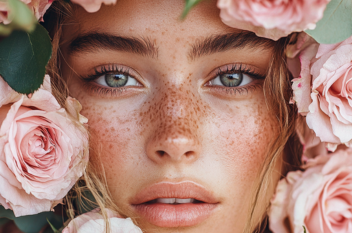









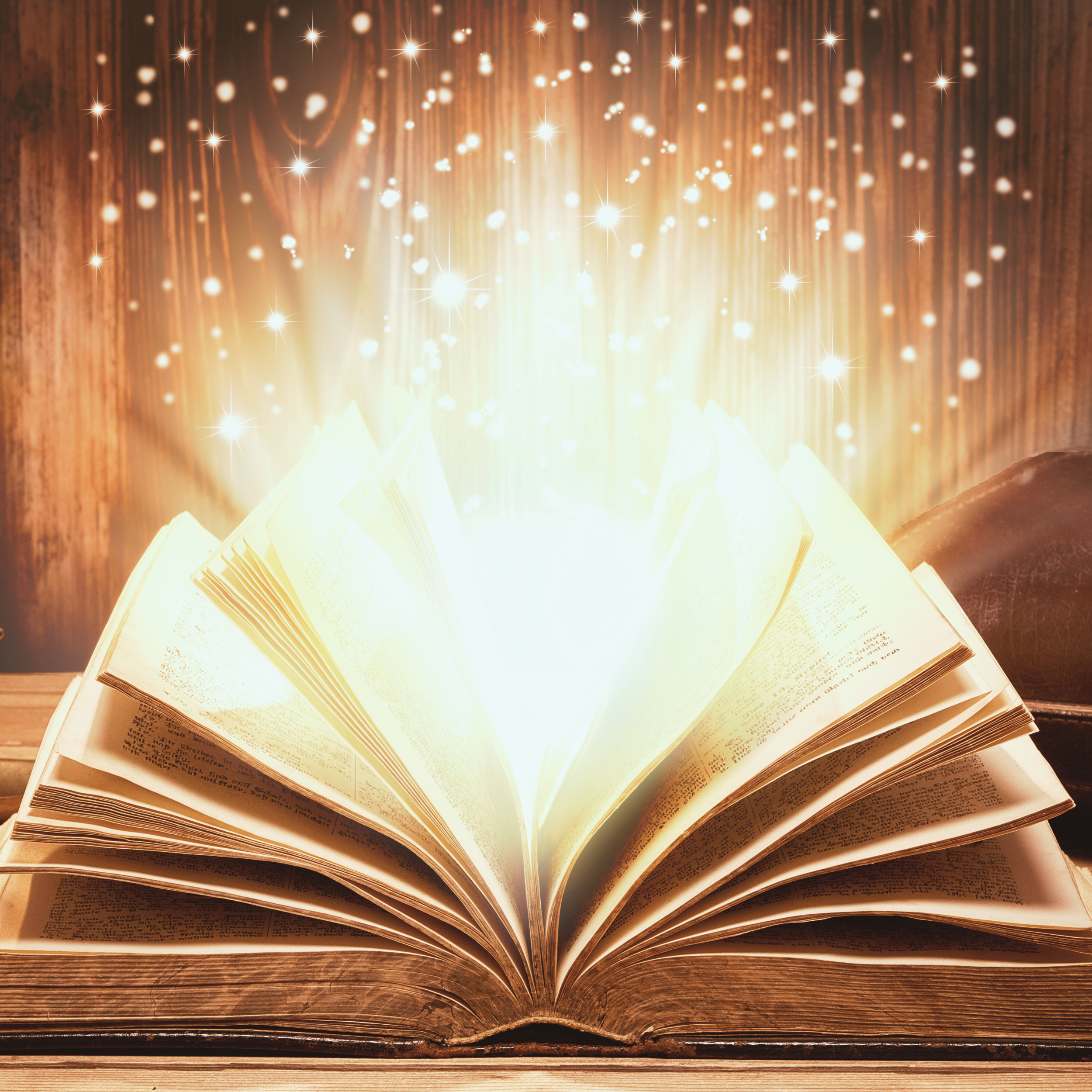




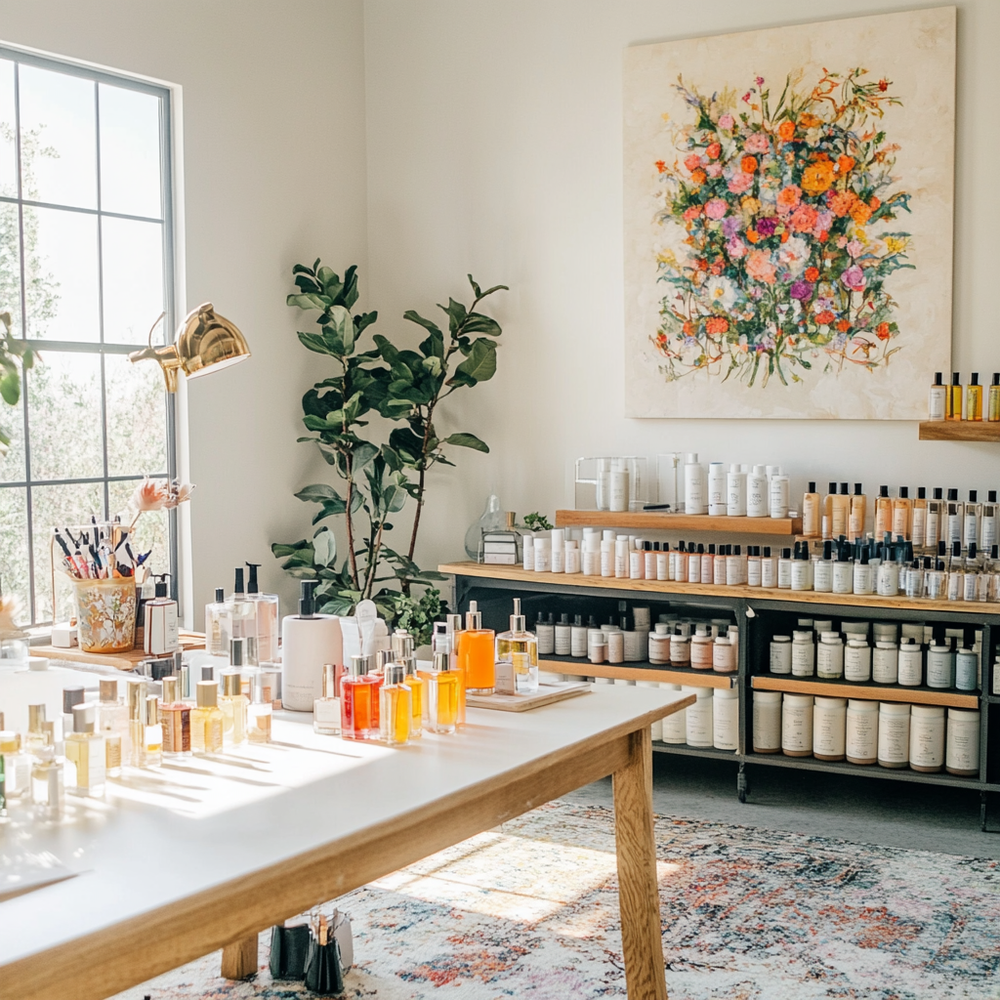



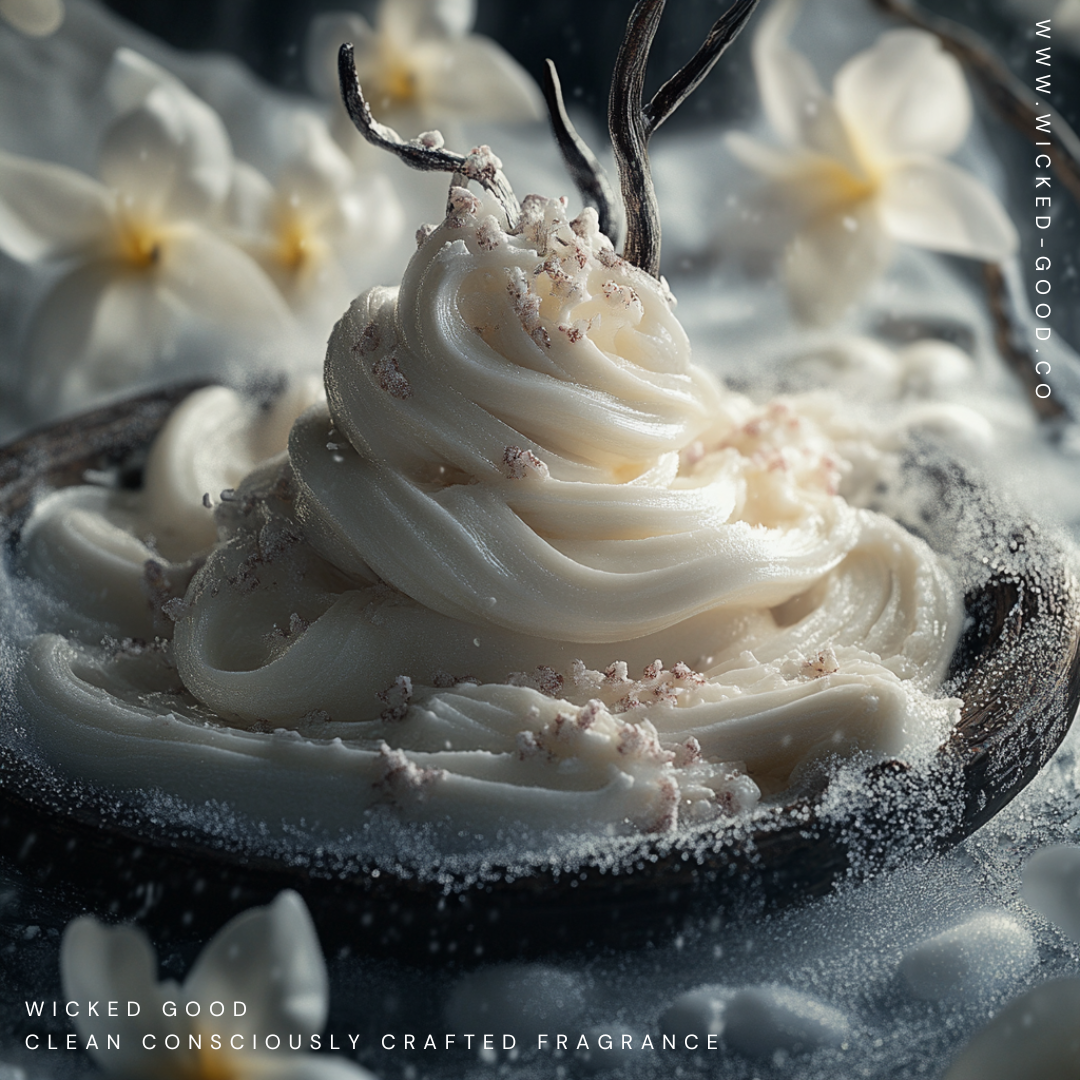




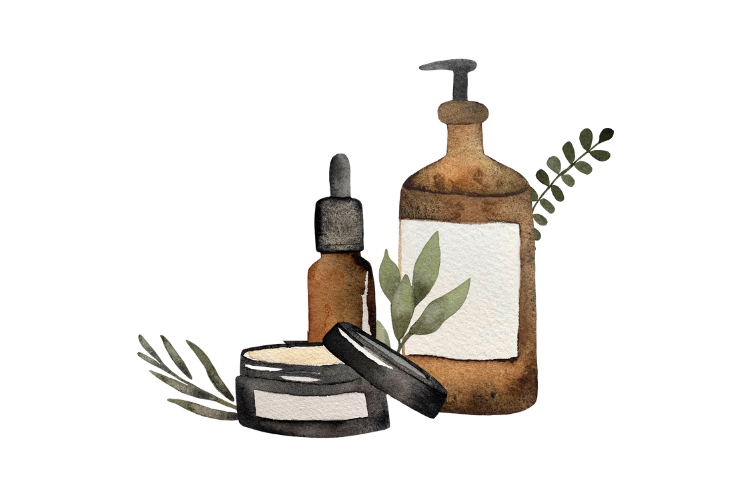

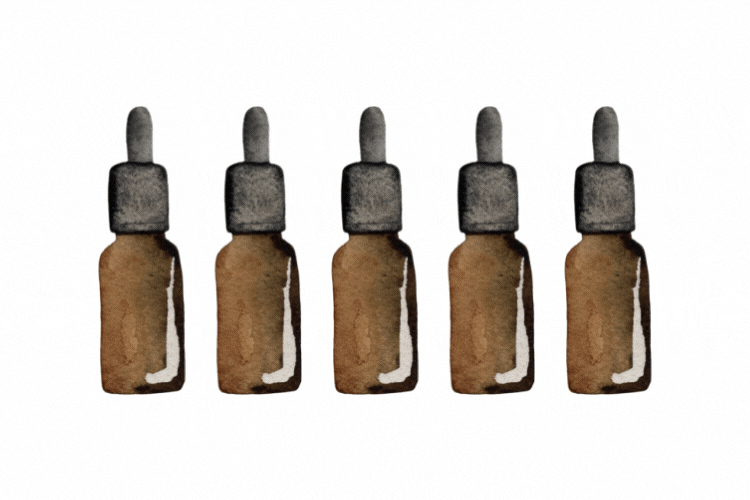
Leave a comment